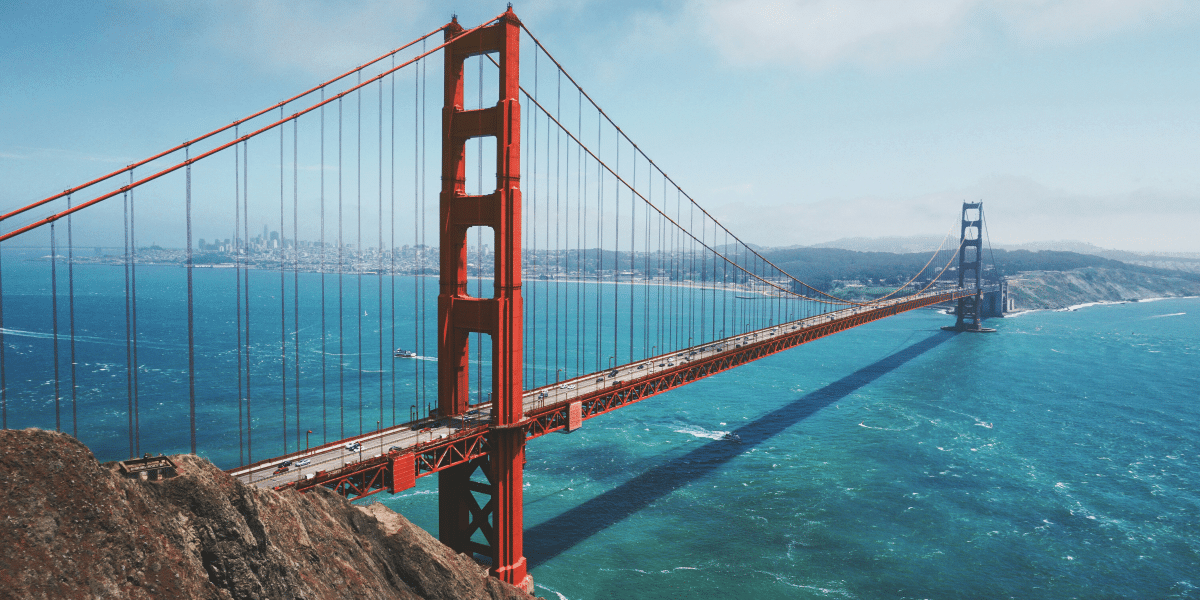Southern California’s freeway system is both extensive and iconic, playing a crucial role in the region’s transportation network. From the bustling lanes of the I-5 to the notorious traffic on the I-405, each freeway serves as a vital artery connecting communities, facilitating commerce, and shaping the daily lives of millions of residents. The Encino car accident attorneys at Younglove Law Firm provide an overview of some of the major freeways and highways in Southern California, highlighting their significance and the role they play in the region’s mobility.
Interstate 5 (I-5)
As one of the busiest and most important freeways in Southern California, Interstate 5, or simply I-5, stretches from the Mexican border in San Ysidro to the Canadian border in Blaine, Washington. In Southern California, I-5 serves as a critical north-south corridor, connecting major cities such as San Diego, Anaheim, Los Angeles, and beyond. It is heavily used for both commuter and commercial traffic, facilitating the movement of goods and people between Southern California and the rest of the state.
Interstate 405 (I-405)
Commonly known as “the 405,” Interstate 405 is infamous for its persistent congestion and status as one of the busiest freeways in the United States. Stretching from Irvine in Orange County to the San Fernando Valley in Los Angeles County, the 405 traverses through some of the most densely populated areas in Southern California. It serves as a major commuter route, connecting numerous cities, employment centers, and recreational destinations. Despite its traffic challenges, the 405 remains a vital lifeline for millions of residents in the region.
Interstate 10 (I-10)
Interstate 10, or I-10, is a transcontinental freeway that spans from Santa Monica, California, to Jacksonville, Florida. In Southern California, I-10 serves as a major east-west corridor, connecting the coastal communities of Los Angeles with the Inland Empire, Palm Springs, and ultimately, the Arizona border. It is a critical route for interstate commerce, as well as for residents commuting between the coastal and inland regions of Southern California. The Santa Monica Freeway segment of I-10, which runs from Santa Monica to downtown Los Angeles, is particularly notorious for its traffic congestion.
Interstate 110 (I-110)
Interstate 110, also known as the Harbor Freeway, is a north-south freeway that runs from the Port of Los Angeles in San Pedro to downtown Los Angeles. It serves as a vital transportation artery, connecting the Los Angeles Harbor with downtown and providing access to other major freeways such as the 10, 105, and 405. The I-110 corridor is heavily used by commuters traveling between the South Bay, downtown Los Angeles, and points north.
State Route 91 (SR-91)
State Route 91, or SR-91, is a critical east-west freeway in Southern California that runs from the city of Gardena in Los Angeles County to Riverside County. It serves as a major commuter route, connecting Orange County with the Inland Empire and facilitating travel between densely populated areas. SR-91 is notorious for its heavy congestion, particularly during peak commute hours, but it remains an essential lifeline for residents and businesses in the region.
The freeways and highways of Southern California are more than just roads—they are lifelines that connect communities, support economic growth, and shape the region’s identity. From the bustling lanes of the I-5 to the traffic-choked stretches of the 405, each freeway plays a vital role in the daily lives of millions of residents. Understanding the significance of these major routes is essential for navigating Southern California’s complex transportation network and appreciating the challenges and opportunities it presents.
Published by: Martin De Juan

















